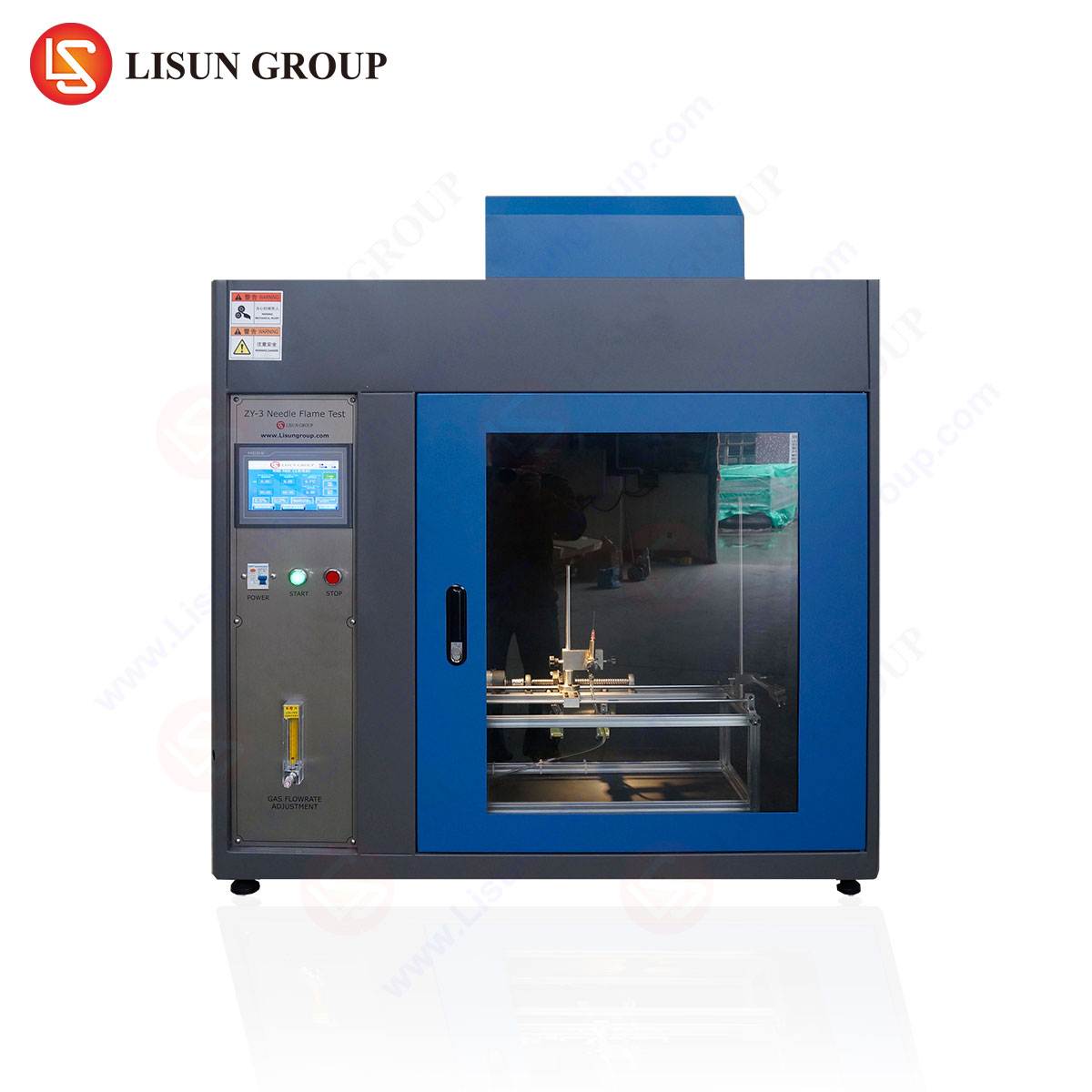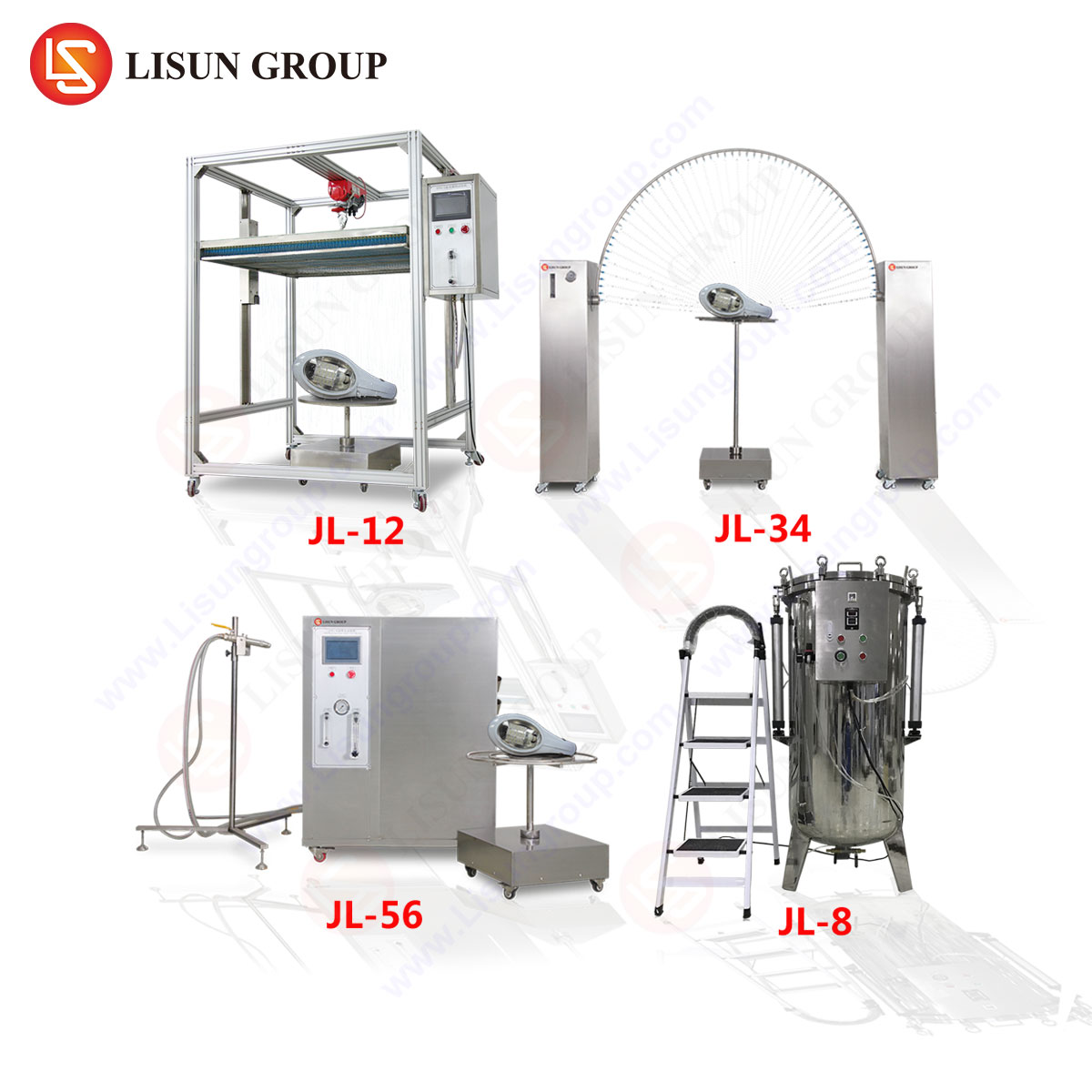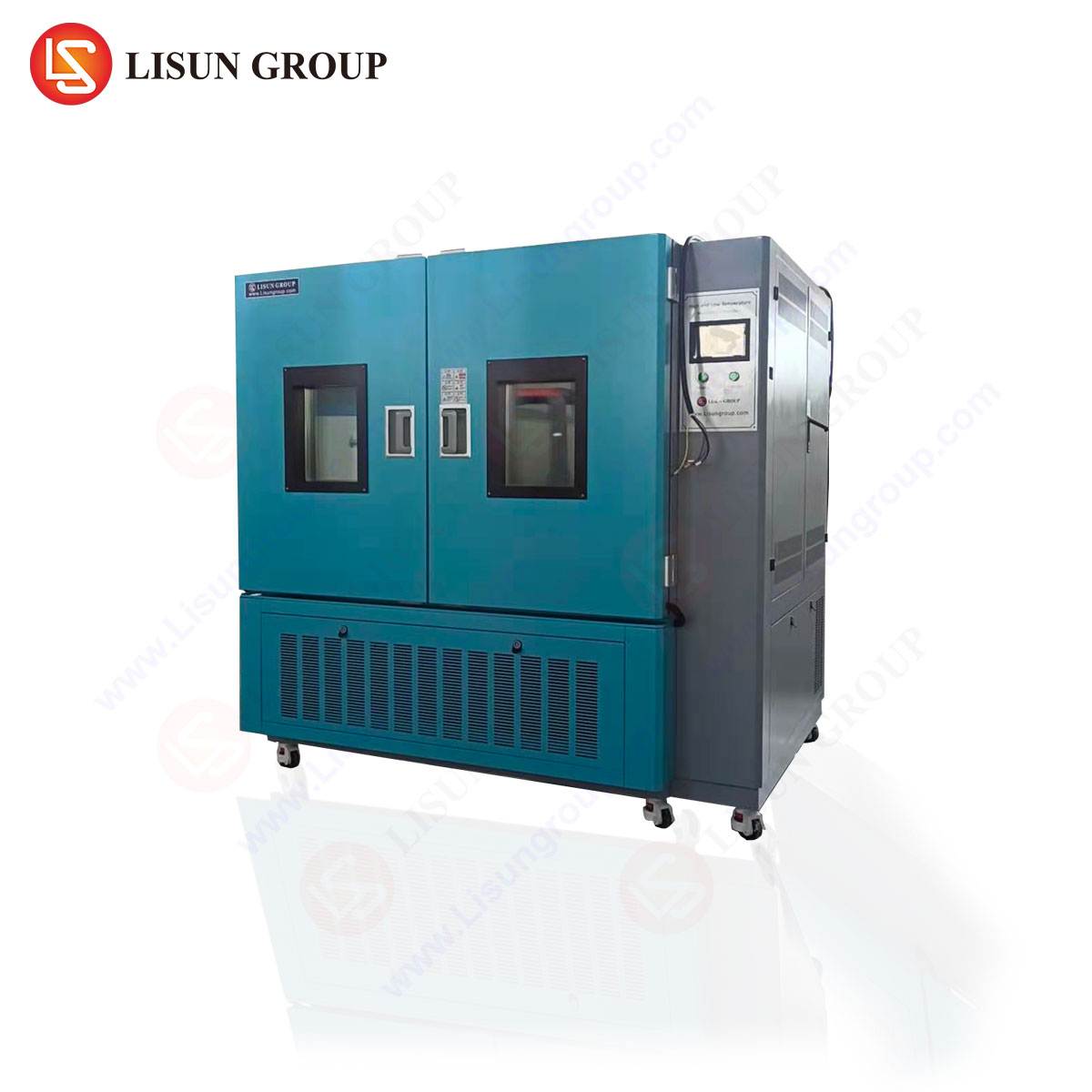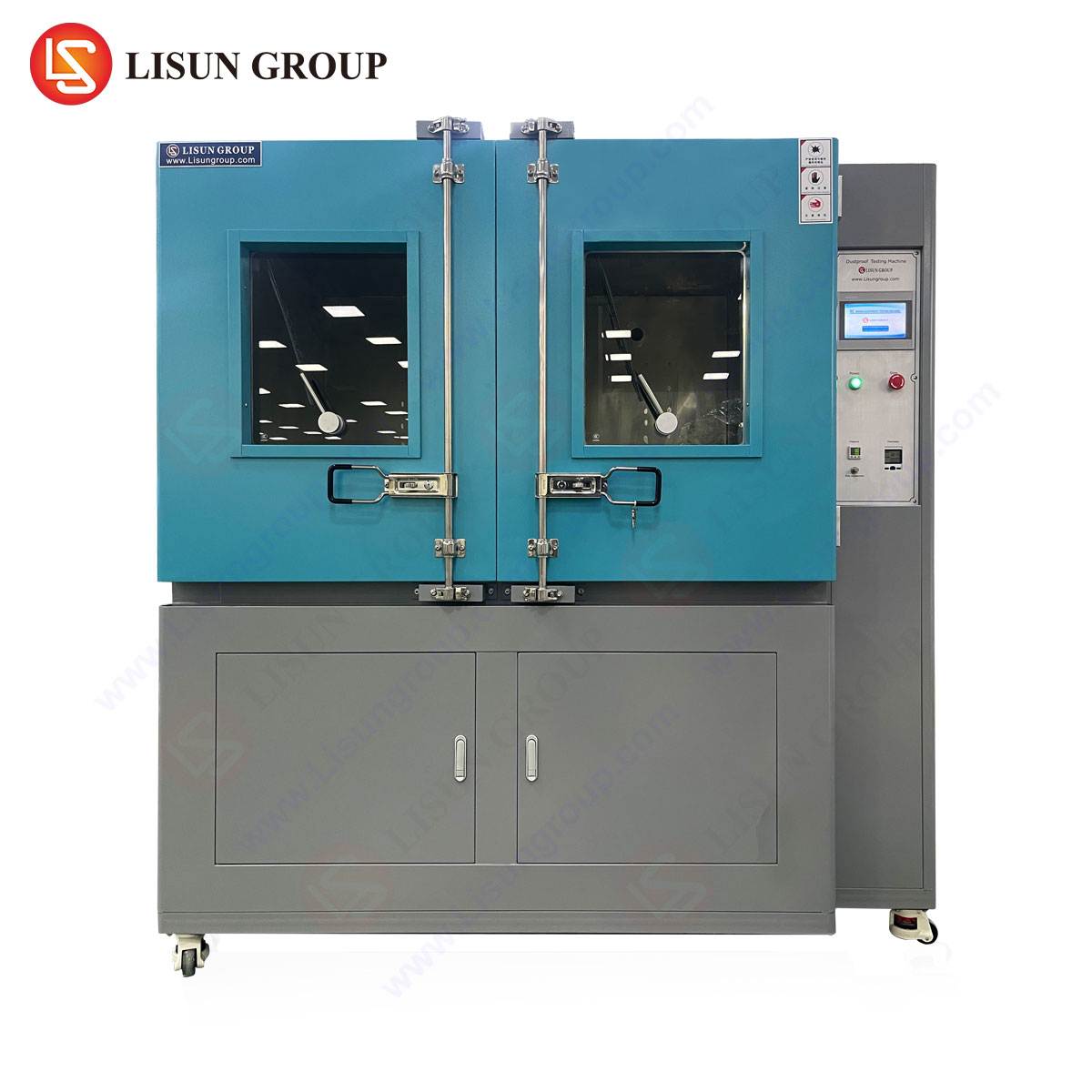Introduction to Needle Flame Testing in Material Safety Evaluation
The Needle Flame Test is a standardized flammability assessment method designed to evaluate the ignition resistance of materials and components used in electrical and electronic equipment. This test simulates small ignition sources, such as overheated components or electrical faults, to determine whether a material sustains combustion or self-extinguishes. Regulatory bodies, including IEC, UL, and GB/T, mandate compliance with needle flame testing to mitigate fire hazards in critical industries.
The LISUN ZY-3 Needle Flame Test Machine is a precision instrument engineered to conduct these assessments with high repeatability and adherence to international standards. Its applications span across industries where material flammability poses operational risks, including automotive electronics, medical devices, and telecommunications infrastructure.
Technical Specifications of the LISUN ZY-3 Needle Flame Test Machine
The LISUN ZY-3 is designed for rigorous compliance testing, featuring advanced control mechanisms to ensure accuracy. Key specifications include:
- Flame Application Time: Adjustable from 0 to 999.9 seconds (±0.1s precision)
- Flame Height: 12 ± 1 mm (calibrated via precision needle valve)
- Test Angle: 0° (vertical) to 45° (inclined) for varied simulation conditions
- Gas Supply: 99% purity butane, regulated at 105 kPa (±5 kPa)
- Temperature Measurement: Infrared pyrometer with 0.1°C resolution
- Compliance Standards: IEC 60695-11-5, GB/T 5169.5, UL 746A
The machine incorporates a stainless steel combustion chamber with forced exhaust ventilation to maintain operator safety during prolonged testing cycles. Automated flame application and extinguishing reduce human error, while real-time data logging supports detailed post-test analysis.
Testing Methodology and Flame Propagation Assessment
The needle flame test subjects a specimen to a controlled flame for a predetermined duration (typically 30 seconds). Post-ignition, the machine records:
- Afterflame Time (t₁): Duration the specimen continues burning after flame removal.
- Afterglow Time (t₂): Persistent incandescence post-flame extinction.
- Flame Spread Distance: Measured from the ignition point to the farthest charred edge.
Materials are classified based on their behavior:
- V-0: Extinguishes within 10 seconds, no flaming drips.
- V-1: Extinguishes within 30 seconds, no drips.
- V-2: Similar to V-1 but permits flaming particle drops.
The LISUN ZY-3’s integrated thermocouples and high-speed cameras enable precise tracking of these parameters, ensuring alignment with IEC 60695-11-5 protocols.
Industry-Specific Applications of Needle Flame Testing
Electrical and Electronic Equipment
Circuit boards, connectors, and insulating materials must resist ignition from internal short circuits. The ZY-3 verifies compliance with IEC 62368-1 for IT and AV equipment.
Automotive Electronics
EV battery housings and wiring harnesses undergo needle flame testing per ISO 20653 to prevent fire propagation in confined spaces.
Medical Devices
Polymer casings for ventilators or infusion pumps are tested to IEC 60601-1, ensuring they do not sustain combustion in oxygen-rich environments.
Lighting Fixtures
LED drivers and plastic diffusers are evaluated under UL 1598 to confirm flame-retardant properties under fault conditions.
Aerospace Components
Cabin wiring and control panels adhere to FAA flammability standards (FAR 25.853), where the ZY-3’s controlled flame simulates electrical arc risks.
Competitive Advantages of the LISUN ZY-3
- Automated Calibration: Self-diagnostic routines minimize setup errors.
- Multi-Standard Compliance: Supports IEC, UL, GB/T, and ISO protocols without hardware modifications.
- Enhanced Safety Protocols: Flame failure detection and emergency gas shutoff prevent hazardous leaks.
- Data Integrity: Exportable CSV logs for third-party audits and quality assurance.
Comparative studies indicate a ±2% deviation in afterflame time measurements, outperforming manual flame application systems.
Regulatory Standards and Compliance Frameworks
The ZY-3 aligns with:
- IEC 60695-11-5: Fire hazard testing for electrotechnical products.
- UL 94: Flammability classification of plastic materials.
- GB/T 5169.5: Chinese national standard for needle flame tests.
Manufacturers seeking CE, CCC, or UL certification rely on the ZY-3’s reproducible results to meet global market requirements.
FAQ: Needle Flame Testing and the LISUN ZY-3
Q1: What sample dimensions are required for testing?
Specimens should be at least 60 mm x 60 mm, with thickness reflecting end-use conditions (per IEC 60695-11-5).
Q2: How does the ZY-3 ensure consistent flame application?
A servo-controlled needle valve regulates gas flow, while laser alignment confirms flame height before each test.
Q3: Can the ZY-3 test vertically and horizontally oriented samples?
Yes, the adjustable specimen holder accommodates 0° to 45° orientations for diverse simulation scenarios.
Q4: What industries mandate needle flame testing?
Automotive, aerospace, medical, and consumer electronics require compliance with IEC/UL flammability standards.
Q5: How often should the machine be recalibrated?
Annual calibration is recommended, with monthly verification checks using certified reference materials.







